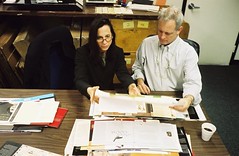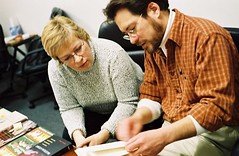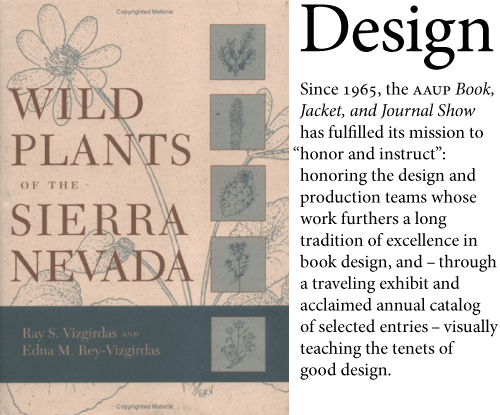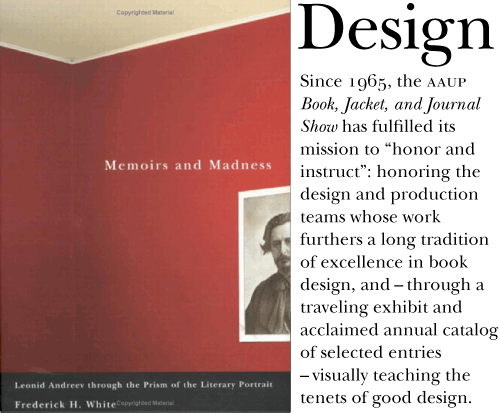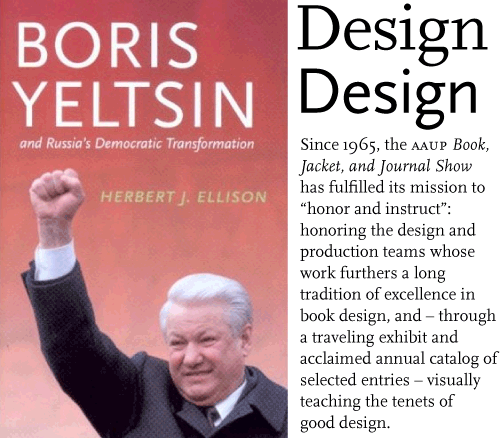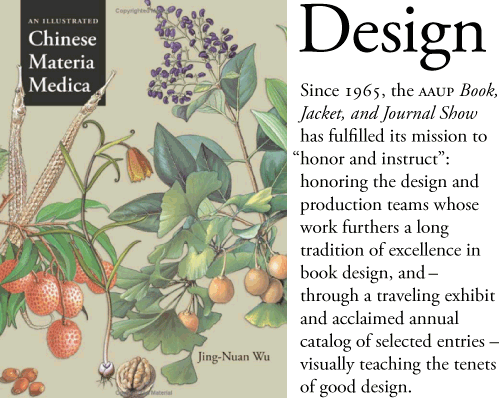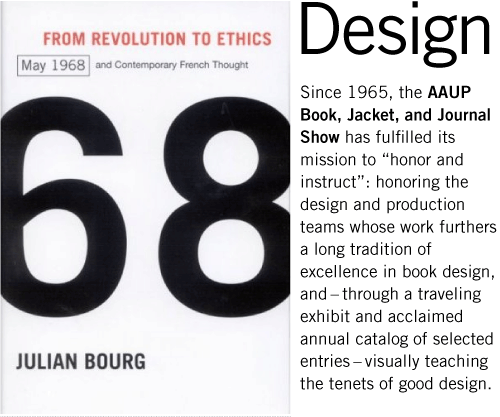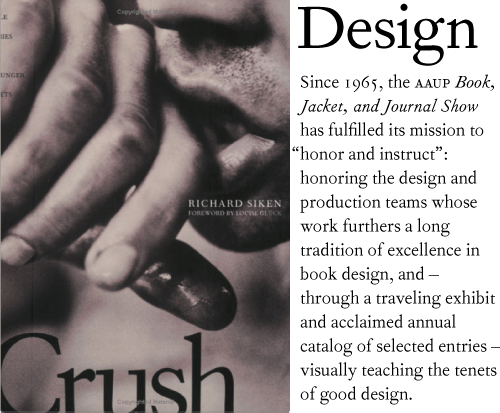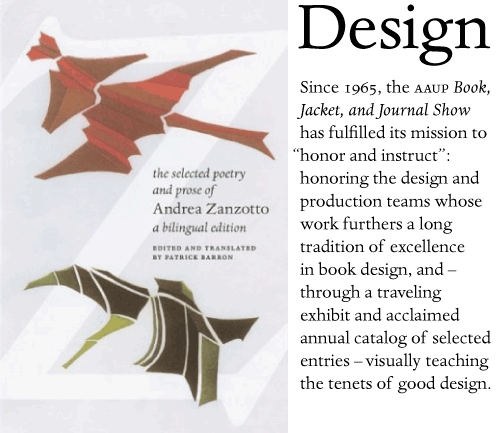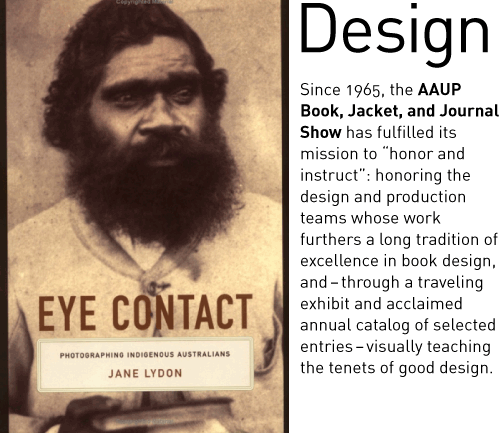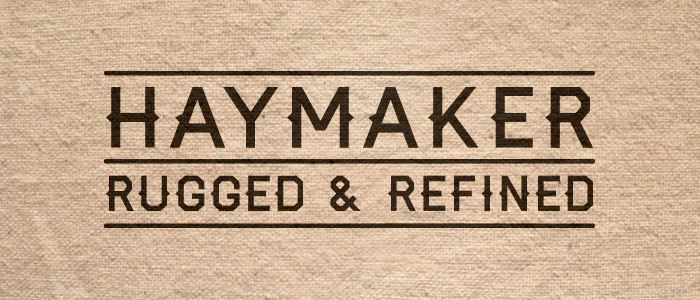The term “infographic” is used to refer to an “informational graphical image.” In an infographic design, communications challenges are married to illustrated explanations in order to convey a specific point of view. These designs are educational or representative and the term infographic encompasses a full range of the visual graphics that surround you every day. Road signs and maps are two common examples of infographics, as are charts depicting the weather, statistical data, and technical drawings. These graphics are best utilized to convey information in a succinct format and good examples are constantly being created. Magazines and news services use infographics on a daily basis to convey points in their articles. Companies create infographics to market their products and services. The routine usage of these illustrations has been around for a long time but there are changes in their usage thanks to the internet.
With the advent of widespread social media, infographics have become an online medium to express everything from new scientific discoveries to irreverent humor. Not all the ways that infographics are used online are new or revolutionary, but the sheer frequency of their appearance is only increasing. In addition to daily charts, graphics, and images, many artists and designers create infographics for their own personal projects and expressions of opinion. Everything from procrastination to popular culture has been thoroughly illustrated and whatever your pleasure, you are sure to find something addressing complexities you never knew existed.
What Elements Comprise a Good Infographic?
- Facts An infographic is only as good as the reason for its creation. Solid information is the foundation of a chart or graphic. The data that you work with must be credible. It must be relevant to the audience you are targeting regardless of your approach to the piece.
- Point of View The spark that makes for a good infographic is the unique angle of approach when given raw data. Incorporated into the visuals is the designer’s point of view – without some sort of argument or point of view, what’s the point of the infographic? Why is your information important enough for the viewers to look at it?
- Design An all-encompassing term, the design of your infographic determines whether or not it gets read, regardless of the value of its content. Considerations into typography, colors, and general presentation are essential to tell the viewer at a glance what you are trying to convey. Clever and unusual visualizations help distinguish your data by presenting it in a surprising or unique manner that still makes sense. Once the general design is sketched out, reference points within the illustration help the viewer understand the information using non-textual icons such as arrows, logos, and other graphical symbols.
- Excitement The best examples generate a bit of excitement! They make you remember their facts and cause you to share them with everyone you talk to after seeing them. When a great infograph goes viral, there are so many platforms to share and view that it becomes hard to keep track of. From tumblr to Facebook and Twitter, an interesting infographic gets shared frequently.
Good Information Design
Infographics combine facts into a design to create a certain point of view. Something is being conveyed to the reader. The best infographics utilize interesting facts and stunning but logical visuals to catch a viewer’s attention. Ease of comprehension and relevance are mixed with a beautiful design and specific facts to create a successful infographic. Check out some examples below for a variety of different approaches. Although some are laid out similarly, the information they present is varied, showing how the same format can be used to present different types of data.
——
1. This infograph uses a sharply contrasting color palette to catch the eye in addition to a smart title and description. The image is focused on its center and information is clearly displayed. A glance to the left decrypts the colors used to stack this variation of a basic statistical representation. Overall, it is a well designed piece that demonstrates its point emphatically.

3. A more irreverent depiction of corporate structures, this image from uses loose fact behind the facade of humor to get its point across. Note the simple hand-drawn design and its general effectiveness at reaching its audience.

4. foursquare, one of the more popular services used in conjunction with smartphones, released this infographic to commemorate its 10 million membership mark. It combines the traditional look of infographics with a bit of subtle animation, something impossible to accomplish in print medium. In addition to the animation, note the size of the typeface and the clearly delineated spaces used to convey the message.

5. A larger timeline of Google’s legal activity, this image takes the long view in analyzing all of the information. Given the large amount of materials being condensed into one image, the clarity of the illustrate is pretty impressive, to say nothing of the subject at hand.

6. I love chocolate milk. Check out the use of associated images to create the milk bottle. The information is clearly delineated as your eye moves down the graphic. This is accomplished by milk-colored images and backgrounds in addition to the spectacular image included in the header. Makes me thirsty.

7. Many infographics attempt to take on contemporary issues. One recent trend is social deal websites, an offshoot of the general social media trend that has been around for a number of years, but has been more popular in the last few months.

8. Micro social media sites like Twitter have been extremely influential in certain circles. This chart compares user data and information being shared in a clearly defined comparison illustration. Note how each of these images utilizes colors reminiscent of the topic at hand to aid instant comprehension.

9. Timelines like this one are illustrated a larger body of work in an “instant” format. Although they might be larger and more unwieldy in a smaller screen, the image is designed to be taken one part at a time and the information is still comprehensible.

10. Another example of compartmented infographics, this one reads almost like a linear slideshow. Instead of a timeline, however, it is simply a breakdown of a complex theory on fixed asset management. By using diagrams and charts, the ideas being present are clearer than if they were simply written out. This is a far more complex body of information to present, but it is accomplished simply.

This article address’s what makes an effective information graphic. It points out how everything that I choose to design my information grahic with should be chosen wisely and with careful consideration. It also tells me about how a good information graphic creates excitement in the reader. However points out a good information graphic needs a good range of information before it is designed.
Jonathan Tzeng. (2011). I See An Infographic A Day. Available: http://unknowninkdesign.com/UID/i-see-an-infographic-a-day/. Last accessed 15/02/2013.












